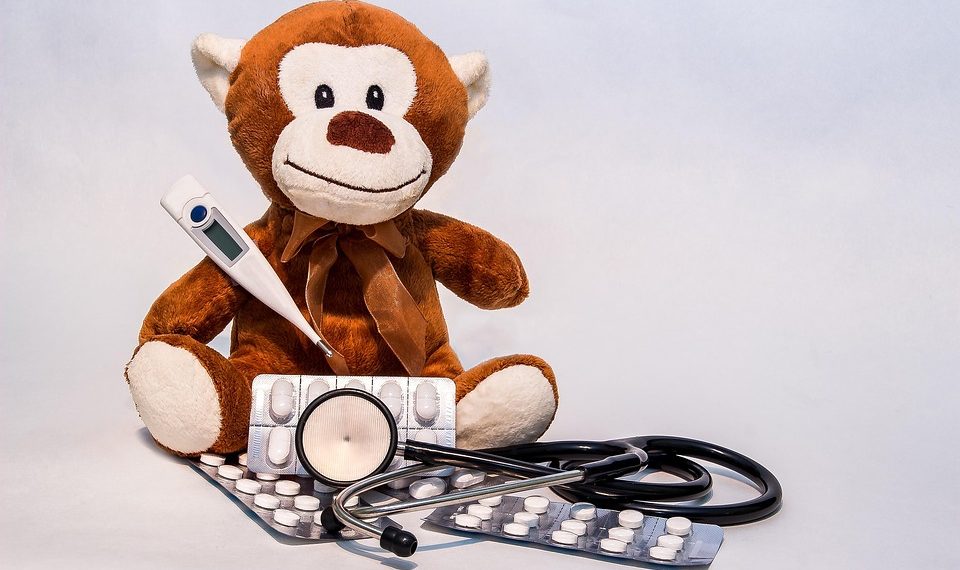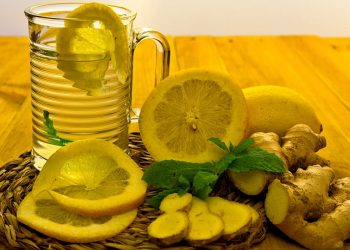Ultimate wellness recovery isn’t just a buzzword; it’s a vital journey toward reclaiming your health and happiness. This isn’t only about bouncing back from illness or stress; it’s about thriving in every aspect of your life. You deserve to feel your best, and implementing effective routines can make all the difference.
Contents
What is Wellness Recovery and Why Does it Matter?
Wellness recovery means addressing your physical, emotional, and mental well-being after a setback. It’s about finding balance and nurturing your body and mind. This approach is significant because it empowers you to take control of your health, fostering resilience and a more fulfilling life. When you prioritize wellness recovery, you’re investing in yourself, paving the way for a brighter tomorrow.
Routine 1: Nourishing Your Body
The foundation of ultimate wellness recovery is nutrition. Your body needs fuel to heal. Think of food as medicine. Focus on:
- Whole foods: Fresh fruits, vegetables, lean proteins, and whole grains.
- Hydration: Drink plenty of water. Aim for at least 8 glasses a day.
- Mindful eating: Savor each bite. This not only enhances your meal experience but also helps you recognize your body’s hunger and fullness cues.
Explore resources like Nutrition.gov for tailored dietary advice.
Routine 2: Moving Your Body
Movement is crucial for recovery. It doesn’t mean hitting the gym hard every day. Find what feels good for you. Incorporate:
- Gentle exercises: Yoga, stretching, or walking can boost your mood and energy.
- Strength training: Light weights can improve muscle tone and metabolism.
- Fun activities: Dancing, biking, or swimming—whatever makes you smile!
Exercise releases endorphins, enhancing your emotional well-being. Check out Healthline for research-backed insights on the benefits of physical activity.
Routine 3: Mindfulness and Meditation
Your mind needs just as much care as your body. Mindfulness and meditation can help you manage stress and anxiety. Start small:
- Daily practice: Even five minutes can make a difference. Sit quietly, focus on your breath, and let thoughts drift away.
- Guided meditations: Use apps like Headspace or Insight Timer for support.
- Gratitude journaling: Each day, jot down three things you’re thankful for. This simple act can shift your mindset toward positivity.
Discover more about mindfulness practices at Mindful.org.
Routine 4: Quality Sleep
Never underestimate the power of quality sleep. It’s during this time that your body repairs and regenerates. To enhance your sleep:
- Create a bedtime routine: Wind down with a book or calming music.
- Limit screen time: Turn off devices at least an hour before bed.
- Comfortable sleep environment: Ensure your room is cool, dark, and quiet.
Aim for 7-9 hours of sleep each night. For tips on improving your sleep hygiene, visit SleepFoundation.org.
Routine 5: Social Connections
You are not alone in your journey. Building strong relationships can significantly impact your recovery. Make time for:
- Family and friends: Reach out to loved ones regularly. Share your thoughts and feelings.
- Support groups: Connecting with others who understand your experiences can provide comfort and encouragement.
- Community activities: Engage in local events or volunteer work to foster a sense of belonging.
Studies show that strong social ties can improve your mental and emotional health. Learn more about the benefits of social connections at APA.org.
Routine 6: Setting Boundaries
To recover fully, you must protect your energy. This means saying “no” when necessary. Establish clear boundaries around:
- Work: Don’t overcommit. Prioritize your tasks and delegate when possible.
- Personal time: Carve out moments for yourself without guilt. Whether it’s reading, taking a bath, or simply sitting in silence, cherish those moments.
- Toxic relationships: Recognize when a relationship drains your energy and take steps to distance yourself.
Setting boundaries is a sign of self-respect and a crucial aspect of your wellness recovery.
Routine 7: Continuous Learning and Growth
Your journey doesn’t end here. Embrace lifelong learning to keep your mind sharp and engaged. Consider:
- Reading: Dive into books that inspire you or expand your knowledge.
- Webinars and courses: Explore topics that interest you. Online platforms like Coursera or Udemy offer a plethora of options.
- Skill development: Pick up a new hobby or skill. It could be anything from cooking to coding—whatever excites you!
Embracing growth keeps your mind active and opens doors to new opportunities.
Bottom Line
Ultimate wellness recovery is a holistic journey that involves nourishing your body, nurturing your mind, and fostering connections. By implementing these seven essential routines, you position yourself for a healthier, happier life. Remember, it’s not about perfection; it’s about progress. Start small, be patient with yourself, and celebrate your victories along the way.
You have the power to reclaim your wellness. Take the first step today and embrace the beauty of recovery. Your body and mind will thank you for it.
FAQs
What is the first step in wellness recovery?
Start with nutrition. Nourishing your body sets a solid foundation for recovery.
How long does it take to see results?
Every journey is unique. You may notice improvements within weeks, but lasting change takes time. Be patient!
Can I do this alone?
While self-care is essential, don’t hesitate to reach out for support. Friends, family, or professionals can offer valuable assistance.
Your wellness journey is yours to shape. Embrace it with open arms, and remember, you are not alone.
Get Your FREE Natural Health Guide!
Subscribe now and receive our exclusive ebook packed with natural health tips, practical wellness advice, and easy lifestyle changes — delivered straight to your inbox.















